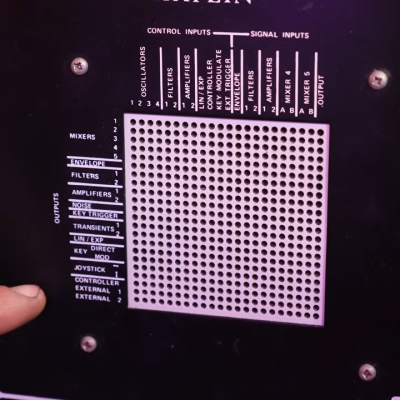Pong was one of the first video games to really enter the public consciousness. While it hasn’t had the staying power of franchises like Zelda or Call of Duty, it nonetheless still resonates with gamers today. That includes [Arnov Sharma], who put together this neat handheld version using modern components.
An ESP32 development board serves as the brains of the operation. Capable of operating at many hundreds of megahertz, it has an excessive amount of power for an application as simple as this. Nonetheless, it’s cheap, and it gets the job done. It’s paired with an SSD1306 OLED screen of 124 x 32 resolution. That might not sound like much, but it’s plenty when you’re just drawing two paddles and a ball bouncing between them. Control is via a pair of SMD push buttons for a nice responsive feel.
What’s really neat, though, is the presentation. [Arnov] wrapped the electronics in a neat bean-shaped housing that vaguely apes game controllers of the 16-bit era. Indeed, [Arnov] explains that it was inspired by the Sega Genesis specifically. It looks great with the black PCBs integrated so nicely with the bright orange 3D printed components, and looks quite comfortable to use, too.
It might be a simple project, but it’s done rather well. Just by thinking about color choices and how to assemble the base components, [Arnov] was able to create an attractive and functional game that’s a lot more eye catching than some random boards thrown in an old project box. Indeed, we’ve featured stories on advanced FR4/PCB construction techniques before, too. Meanwhile, if you’re creating your own projects with similar techniques, don’t hesitate to let us know!



















